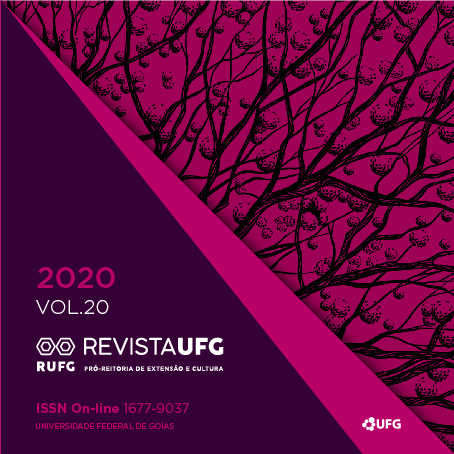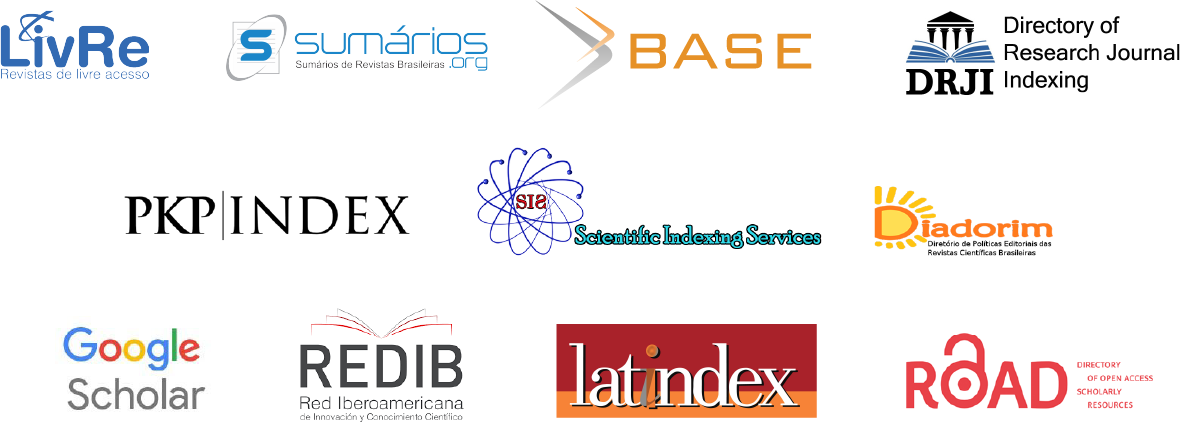How many interpreters in a classroom? It's not just about the numbers
DOI:
https://doi.org/10.5216/revufg.v20.66423Abstract
Currently, the increasing amount of sign language interpreters being hired to work in educational settings leads us to think of their working conditions and on their need to work in a team when in classrooms. In this sense, we raised the following question: What are the cases in which more than one interpreter would be necessary? We sought to answer this question through a narrative literature review of international research findings. Thus, this paper is based on a qualitative approach (ANDRÉ, 2000) and is grounded in a dialogical perspective of language (BAKHTIN, 2006). The studies we analyzed throughout this research indicate the need for interpreters to work in teams, considering aspects such as: a) deaf students’ interaction and their learning process; b) the way interpreters coordinate different discourses; and c) the interpreters’ physical situation. Morover, studies indicate that lecture classes in courses of higher education or at a technical level would require at least two interpreters to maintain the quality of the interpretation.
Downloads
Downloads
Published
How to Cite
Issue
Section
License
Revista UFG uses the Creative Commons CC-BY (4.0) - Attribution 4.0 International license for open access journals (Open Archives Initiative - OAI) as a basis for transferring rights.
Authors who publish in this journal agree to the following terms:
1) Authors may distribute, remix, adapt and build upon their work, even for commercial purposes, as long as they give UFG proper credit for the original creation. Authors may copy and redistribute the material in any medium or format.
2) Authors are allowed and encouraged to publish and distribute their work online (e.g., in institutional repositories or on their personal page) at any point before or during the editorial process, provided that reference is made to the place of publication origin, that is, the electronic address/reference of Revista UFG.
3) The authors of works published in Revista UFG are expressly responsible for their content.
4) All works submitted to Revista UFG that have images, photographs, figures in their body must be accompanied by a term of assignment of copyright of the author, of the participating member of the image and, in the case of children, of the relatives of the exposed children , with their data and signature.
Access the IMAGE USE AUTHORIZATION TERM document here.










